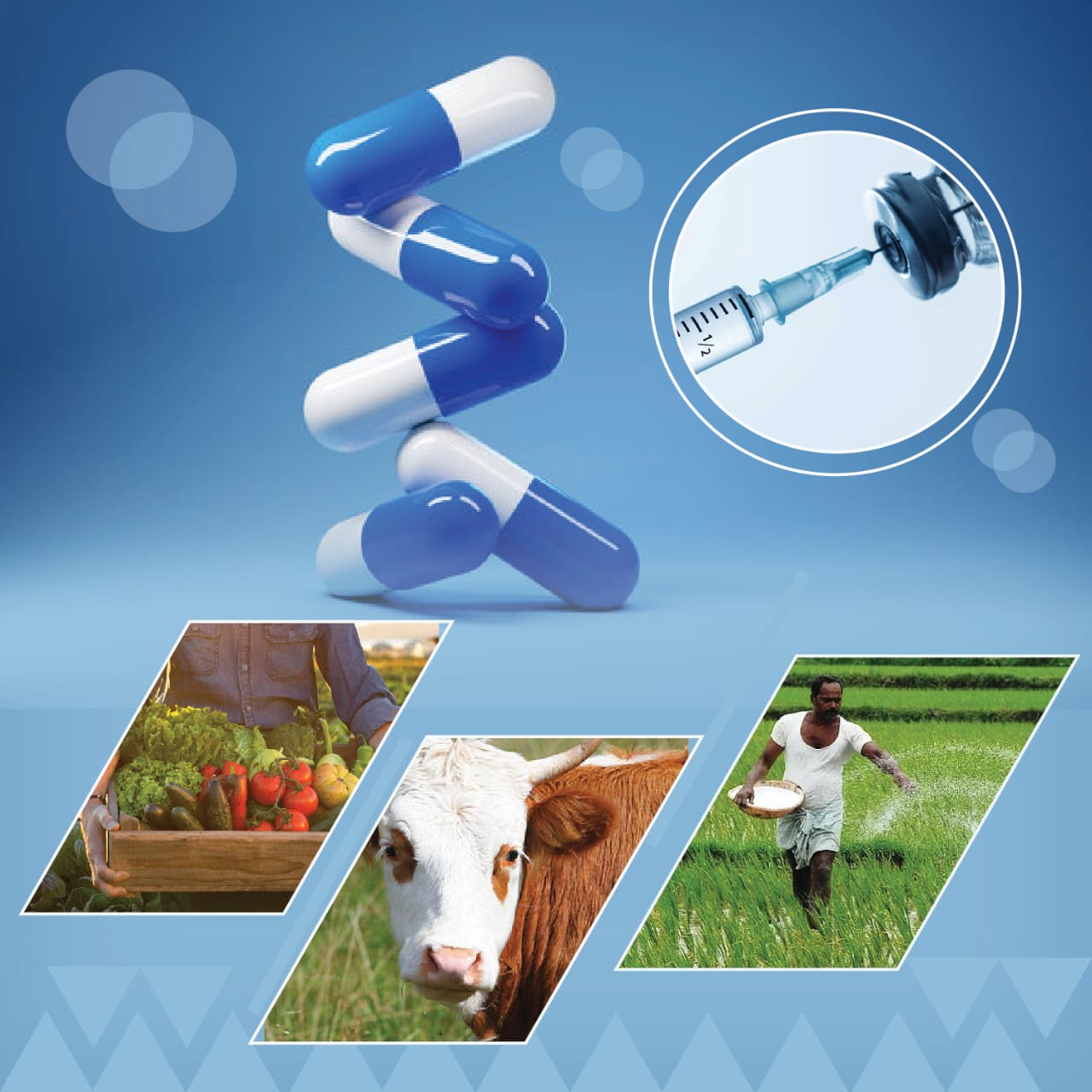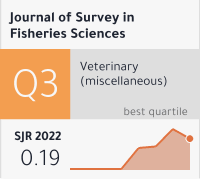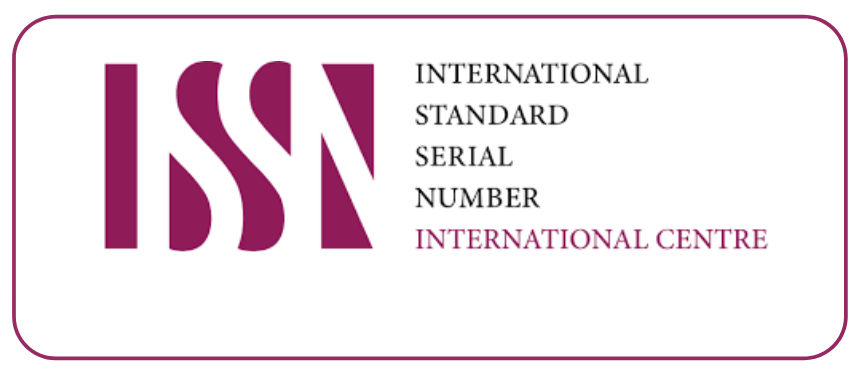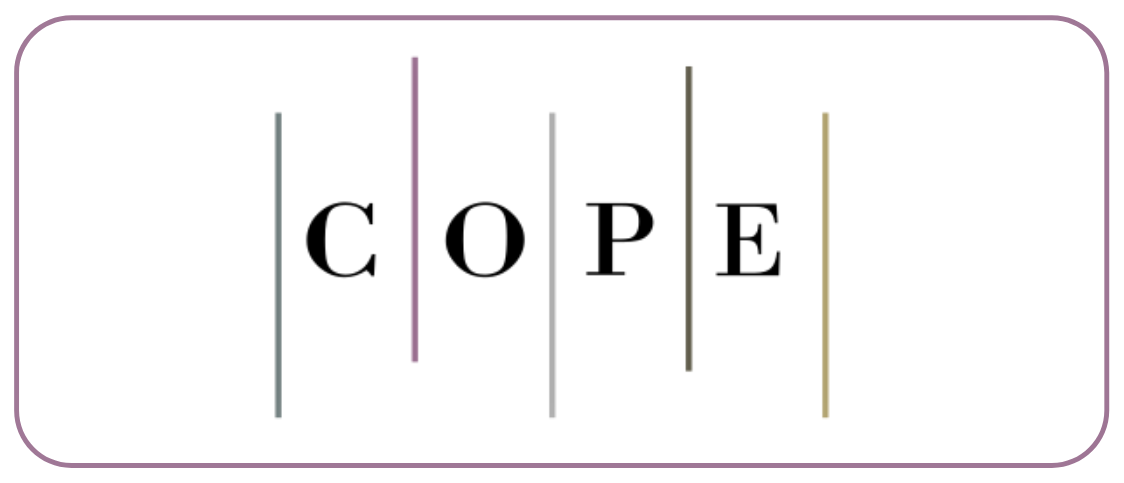Evaluation And Stability Studies Of Developed Formulation Of Liquisolid Drug Metoprolol Succinate
DOI:
https://doi.org/10.53555/sfs.v10i4.3098Keywords:
Liquisolid compact, HPMC, Humidity, Crystallinity, Avicel, Beta blocker, DSC ect.Abstract
Optimisation of liquisolid technology to decrease drug dissolving rate is suggested as a potential route for the production of prolonged release devices in this article. Polyethylene glycol 400 was the liquid medium used to disperse metoprolol succinate in this experiment. After that, the drug was mixed with a binary mixture of carrier-coating materials (Avicel PH-102) in a mortar while it was being mixed constantly. The last step was to compress the mixture using the tablet compression machine. The goal was to find out how different drug contents, loading factors, and heat treatments affected the release profile of metoprolol succinate from liquisolid compacts. The release rates of metoprolol succinate from liquisolid compacts and matrix tablets were compared. Metoprolol succinate tablets produced by the liquisolid method outperformed matrix tablets in terms of retardation. This study's findings highlight the importance of hydroxypropyl methylcellulose (HPMC) in liquisolid tablet drug release maintenance. Furthermore, the results showed that the drug release rate of metoprolol succinate from liquisolid compacts was dramatically reduced by wet granulation. The drug's dissolving profile and hardness remained unchanged with age, as shown by the three months of storage of the liquid-solid tablets at 400C and 75% relative humidity. The kinetics experiments showed that most of the liquisolid formulations followed a zero-order release pattern. Infrared spectroscopy and differential scanning calorimetry (DSC) ruled out the development of complexes or changes in crystallinity during the production of liquisolid formulations.









